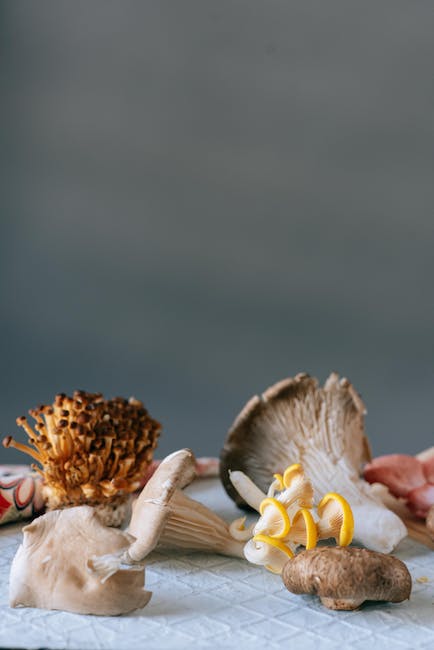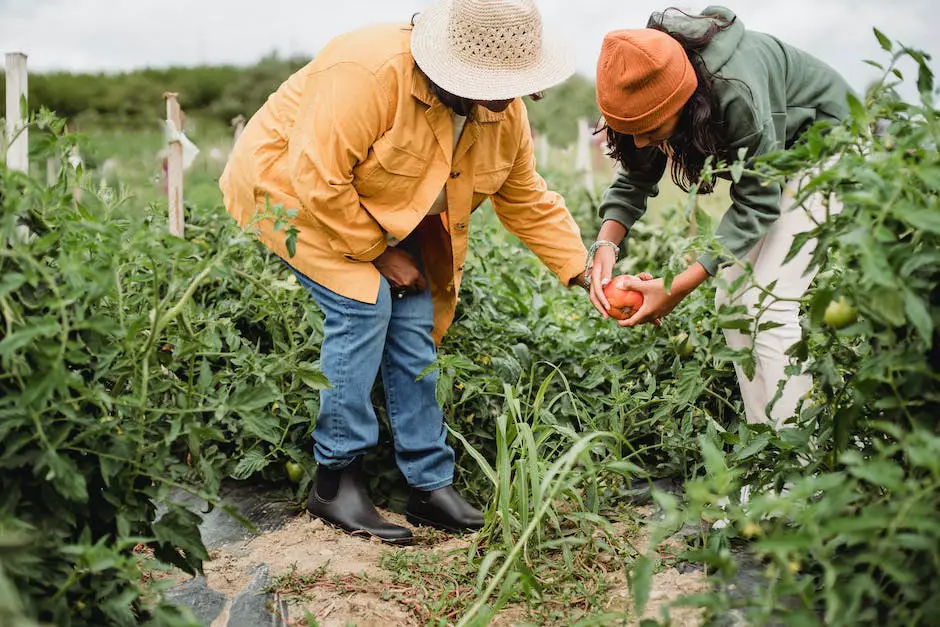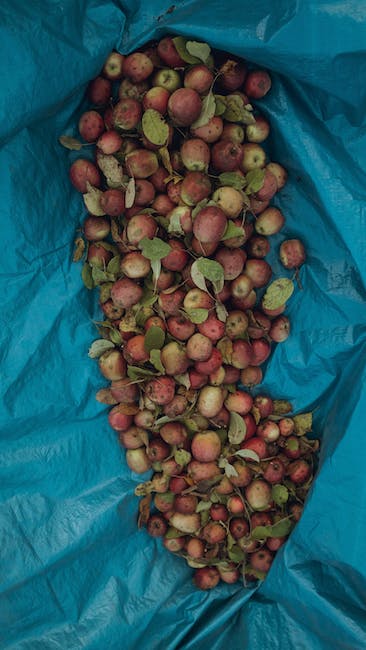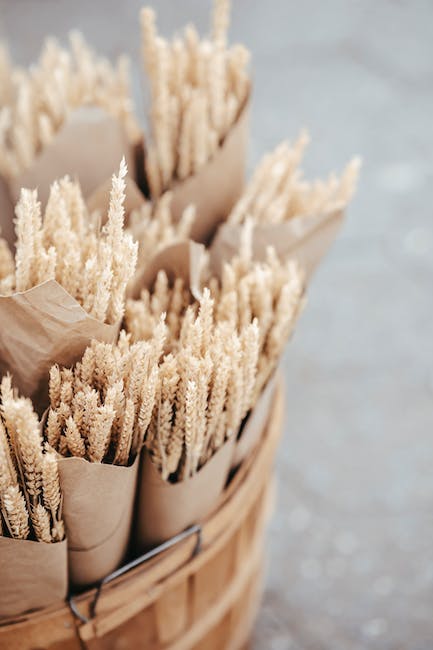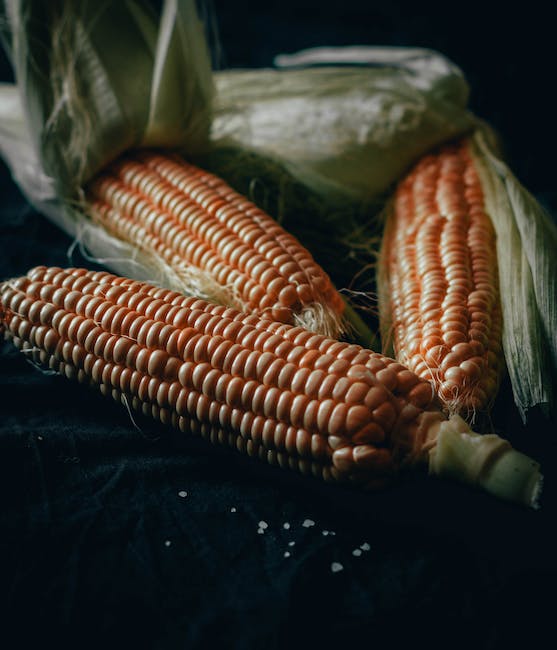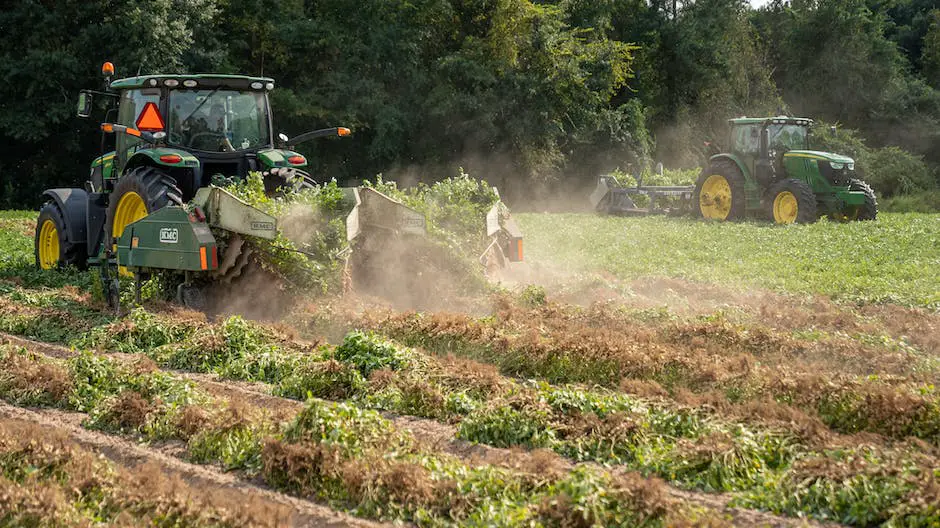-
Table of Contents
Introduction
Oysters are known for producing pearls, which are highly valued for their beauty and rarity. However, many people wonder if harvesting pearls from oysters results in the death of the animal. In this article, we will explore whether or not oysters die when pearls are harvested.
The Life Cycle of Oysters and the Harvesting of Pearls
Have you ever wondered what happens to oysters when pearls are harvested from them? Do they die or continue living their lives as usual? These are common questions that many people have about the life cycle of oysters and the harvesting of pearls. In this article, we will explore the answers to these questions and more.
Firstly, let’s talk about the life cycle of oysters. Oysters are bivalve mollusks that live in saltwater environments such as oceans, seas, and estuaries. They begin their lives as larvae that float around in the water until they find a suitable place to attach themselves. Once attached, they grow into adult oysters and spend their days filtering water for food.
Now, let’s move on to pearl harvesting. Pearls are formed inside oysters when an irritant such as a piece of sand or debris gets trapped inside their shells. The oyster then secretes layers of nacre around the irritant to protect itself, which eventually forms a pearl.
To harvest pearls, farmers must first locate mature oysters that have been growing for at least two years. They then carefully open the shells and remove the pearl without harming the oyster. This process is called “surgical implantation” because it involves making a small incision in the oyster’s mantle tissue to insert a nucleus around which nacre can form.
So now we come back to our original question: do oysters die when you harvest pearls? The answer is no! When done correctly by experienced professionals, pearl harvesting does not harm or kill the oyster. In fact, most farmed oysters go on to produce multiple pearls over their lifetime.
However, it’s important to note that not all pearl harvesting practices are ethical or sustainable. Some companies use methods that involve killing large numbers of wild oysters in order to find valuable pearls inside them. This practice is harmful both for individual animals and for the ecosystem as a whole.
To ensure that you are supporting ethical and sustainable pearl harvesting practices, look for companies that use farmed oysters and follow strict guidelines for animal welfare. These companies often have certifications from organizations such as the Marine Stewardship Council or the Responsible Jewellery Council.
In conclusion, oysters do not die when pearls are harvested from them. They continue living their lives as usual and can even produce more pearls in the future. However, it’s important to support ethical and sustainable pearl harvesting practices to protect both individual animals and the environment. By doing so, we can enjoy the beauty of pearls without causing harm to other creatures.
The Ethics of Pearl Farming: Examining the Impact on Oyster Populations
Have you ever wondered where pearls come from? These beautiful gems are often associated with luxury and elegance, but few people know the process behind their creation. Pearls are formed inside oysters, which means that harvesting them involves taking the oyster’s life. This raises an important ethical question: is pearl farming sustainable, or is it contributing to the decline of oyster populations?
To answer this question, we need to understand how pearls are formed. When a foreign object enters an oyster’s shell, such as a grain of sand or a piece of tissue from another mollusk, the oyster secretes layers of nacre around it to protect itself. Over time, these layers build up and form a pearl. In nature, this process happens randomly and rarely produces high-quality pearls.
Pearl farmers have found ways to control this process by inserting small beads or pieces of tissue into the oysters’ shells to stimulate pearl growth. This technique is called grafting and allows farmers to produce larger quantities of high-quality pearls in a shorter amount of time.
However, grafting also involves opening the oyster’s shell and inserting the bead or tissue manually. This procedure can be stressful for the animal and may cause damage to its soft tissues. Moreover, once the pearl has formed inside the oyster, it needs to be harvested by opening its shell again and removing it.
This raises concerns about animal welfare and sustainability. Oysters are living creatures that play an essential role in marine ecosystems by filtering water and providing habitat for other species. Harvesting them for their pearls could disrupt these ecosystems and reduce their populations.
Furthermore, some pearl farms use chemicals or antibiotics to prevent infections or parasites in their oysters. These substances can harm not only the animals but also other marine organisms that come into contact with them.
Despite these concerns, some pearl farms have adopted sustainable practices that minimize their impact on oyster populations and marine environments. For example, some farms use recycled water and renewable energy sources to reduce their carbon footprint. Others have implemented strict protocols for animal welfare and avoid using harmful chemicals.
Moreover, some pearl farms have partnered with conservation organizations to restore oyster populations in the wild. By releasing juvenile oysters into natural habitats, these farms help replenish the stocks of these important animals and promote biodiversity.
In conclusion, the ethics of pearl farming depend on how it is practiced. While some methods can harm oyster populations and marine environments, others can be sustainable and even beneficial for conservation efforts. As consumers, we should be aware of where our pearls come from and choose products that align with our values. By supporting responsible pearl farming practices, we can enjoy the beauty of these gems without compromising the health of our oceans.
Q&A
1. Do oysters die when you harvest pearls?
No, oysters do not necessarily die when you harvest pearls. However, the process of pearl harvesting can be stressful for the oyster and may lead to its death if not done properly.
2. How is pearl harvesting done without killing the oyster?
Pearl harvesting can be done without killing the oyster by carefully opening its shell and removing the pearl without damaging any vital organs or tissues. This process is known as “surgical implantation” and involves inserting a small bead or tissue into the oyster’s mantle tissue to stimulate pearl formation over time.
Conclusion
Yes, oysters can die when pearls are harvested from them. The process of pearl harvesting involves opening the oyster’s shell and removing the pearl, which can cause damage to the oyster’s soft tissues and organs. However, with proper care and handling techniques, some oysters may survive the process and continue to produce pearls in the future. Overall, it is important for pearl farmers to prioritize ethical and sustainable practices to minimize harm to oysters and maintain healthy populations.

